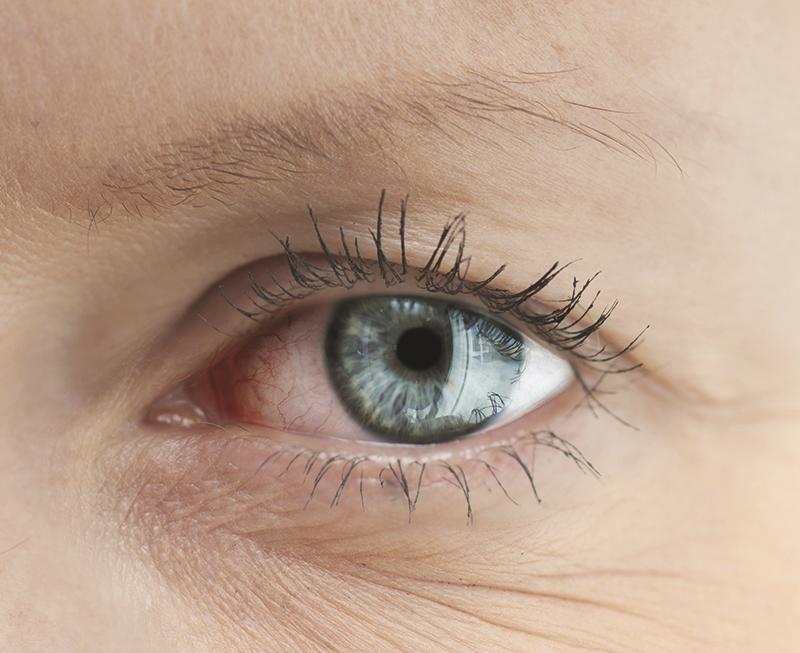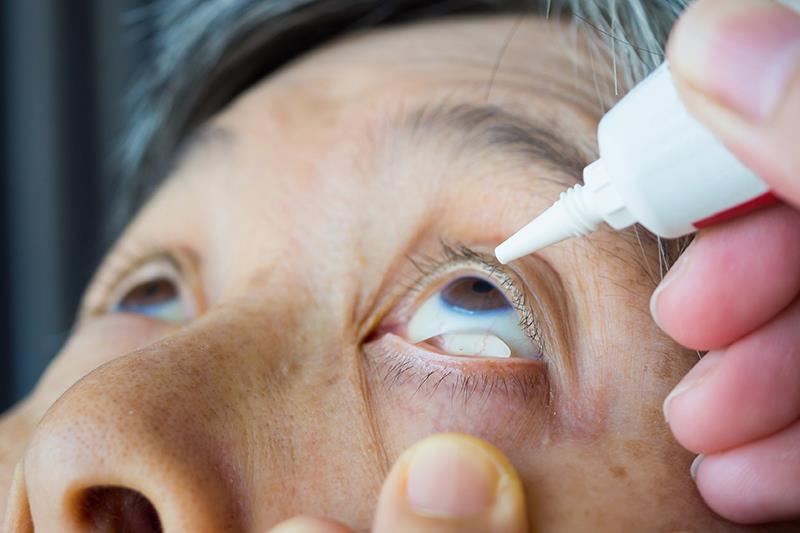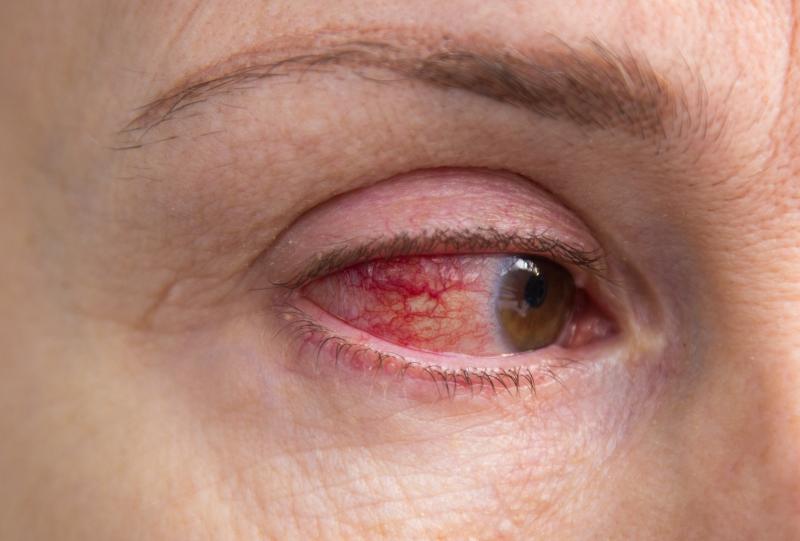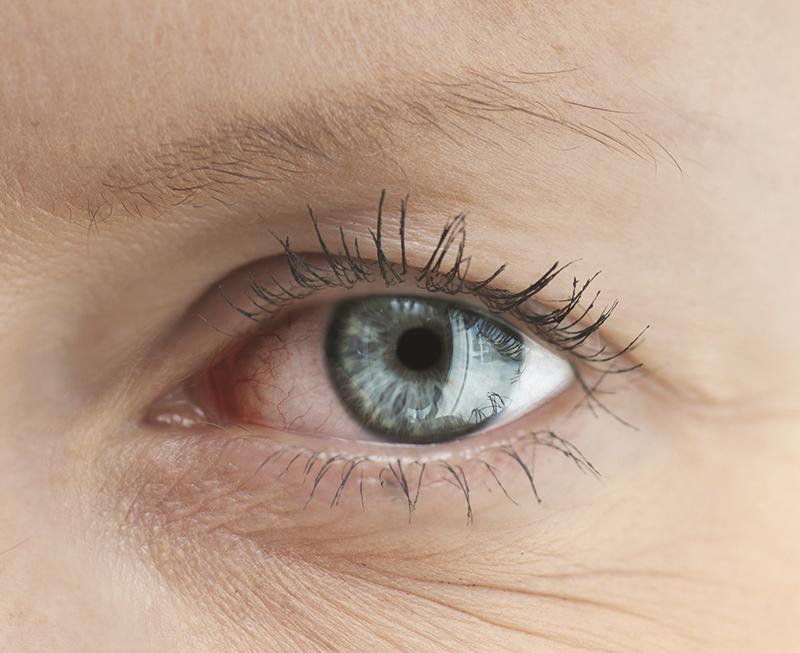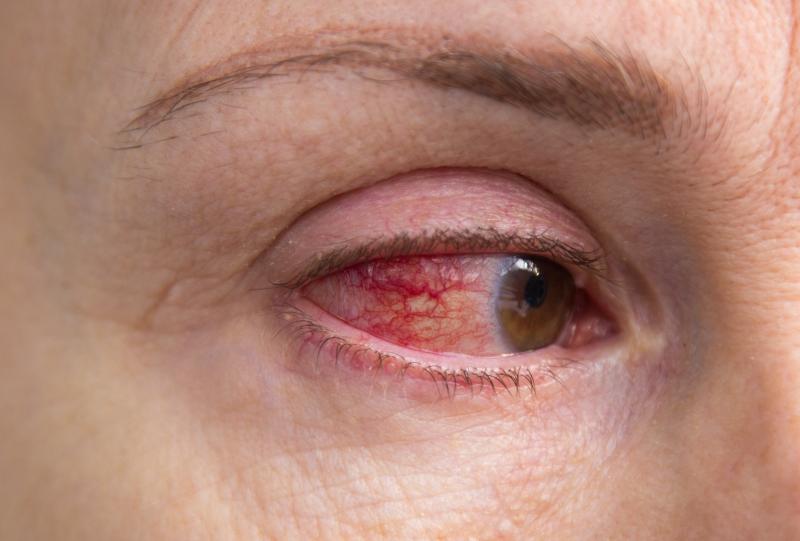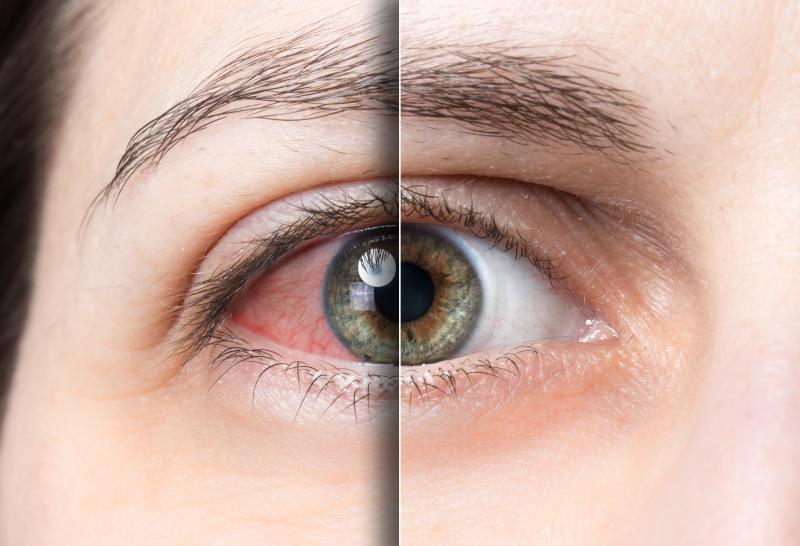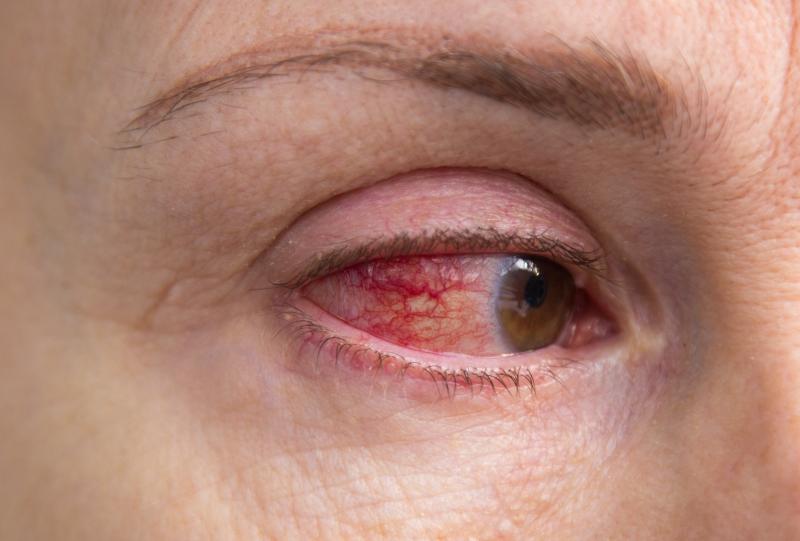Nội dung của trang này:
Nội dung của trang này:
Tổng quan
Dry eye syndrome is a common condition that leads to varying
degrees of eye discomfort, with a global prevalence of 5-50%. It is also called
dry eye disease, keratoconjunctivitis sicca or dysfunctional tear syndrome. The
definition of dry eye syndrome and its prevalence can be found in the Introduction and Epidemiology sections.
The ocular symptoms of dry eye syndrome are secondary to
several factors such as increased osmolarity of the tear film and inflammation
of the ocular surface. Mechanisms that are involved in these factors are
discussed in the Pathophysiology section.
The Risk Factors section
enumerates the different factors that predispose the patient to have dry eye syndrome.
The etiopathogenic and severity classifications
of dry eye syndrome are identified and explained in the Classification section.
History and Physical Examination
Initial signs and symptoms that a patient with dry eye
syndrome may experience include blurry vision and burning sensation. Other
symptoms are enumerated in the Clinical
Presentation section.
Pertinent information that may predispose the patient to
have dry eye syndrome is listed in the History
section.
In the Physical
Examination section, ophthalmological tests and neurological
examinations to be done to the patient are discussed.
Chẩn đoán
The Screening section
enumerates the questionnaires that can be used in assessing patients with dry
eye syndrome. Some examples of these questionnaires are the NEI-Visual Function
Questionnaire (NEI-VFQ) and the Dry Eye Questionnaire (DEQ).
Diagnostic tests such as ocular surface dye staining and
lacrimal gland function test that may be conducted to confirm the diagnosis of
dry eye syndrome are enumerated in the Laboratory
Tests and Ancillaries section.
Ophthalmological diseases present similar
symptoms to dry eye syndrome that should be ruled out are in the Differential Diagnosis section.
Xử trí
Treatment of dry eye syndrome is directed towards alleviating
patient symptoms. Treatment goals and different therapeutic strategies in the
management of patients with dry eye syndrome are discussed in the Principles of Therapy section.
Details about artificial tears/lubricants and
ophthalmological anti-inflammatory agents, secretagogues and antioxidants are
in the Pharmacological therapy section.
Biological tear substitutes are also in this section.
Patient education and tear retention devices are discussed
in detail in the Nonpharmacological section.
Surgical options are reserved for severe dry eye syndrome.
These are further discussed in the section of Surgery.
Follow up is needed to assess a patient’s response to
therapy, and if further referral is needed. Things to be noted during patient
follow-up are in the Monitoring section.


